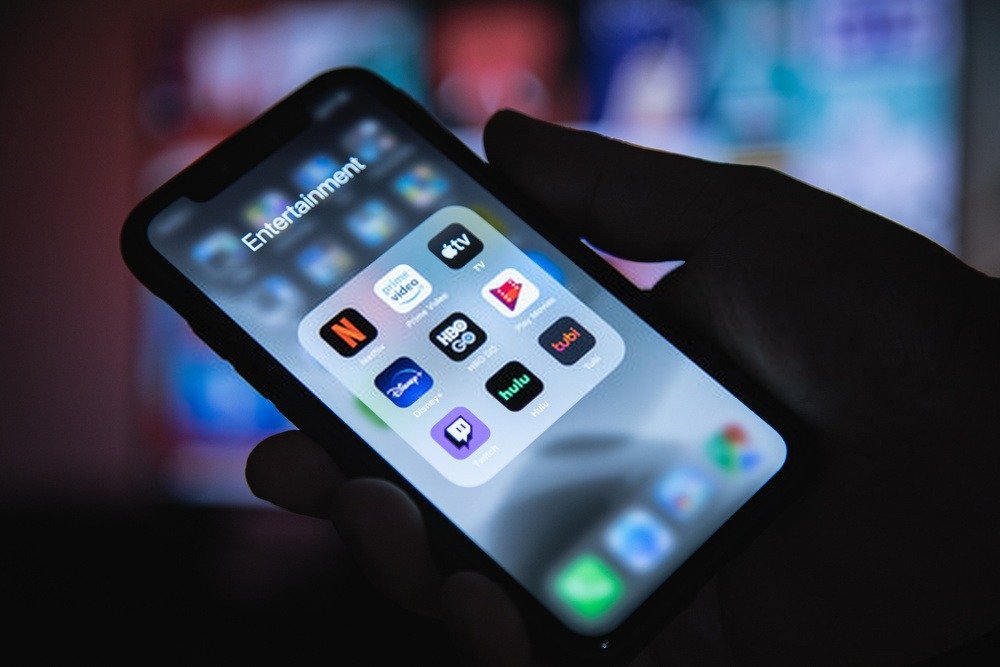



From there, Miracast adds a vendor-neutral wrapper that originally supported the streaming of up to 1080p video and 5.1 surround sound. You can also use a Miracast display as an extended PC monitor.Īt the core of this technology is the Wi-Fi Direct standard, which allows for point-to-point connections between devices without the use of a router. What you see on your device is exactly what will be displayed on your TV (albeit with a smidgen of input lag). Users can wirelessly mirror the display of their Miracast-certified phone, tablet, or PC to any Miracast-capable receiver like a TV, projector, or monitor. Keep reading to figure out how Miracast could work for you. But while Miracast continues to be developed-as of July 2017, Miracast hardware will support HD and 4K streaming, for example-it’s also lost some support to competing technologies. After the Wi-Fi Alliance announced the finalization of the Miracast wireless display standard at CES 2013, a plethora of Miracast-enabled devices and receivers followed, and include newer devices like Microsoft’s Surface Pro (2017) and Amazon’s Fire TV stick.


 0 kommentar(er)
0 kommentar(er)
